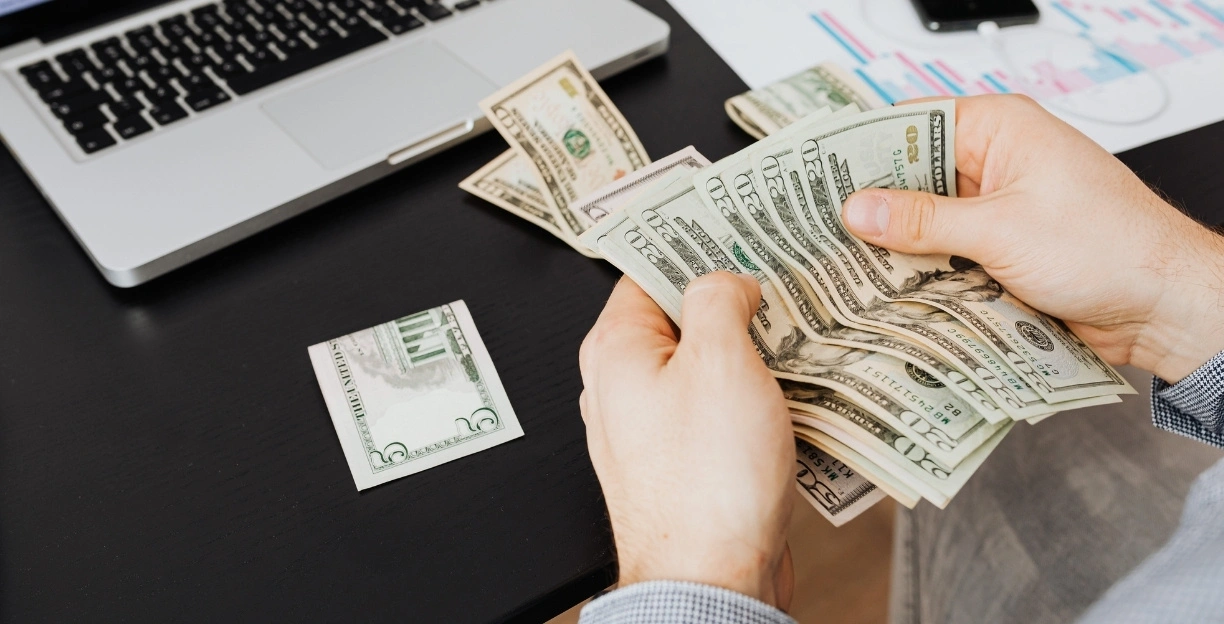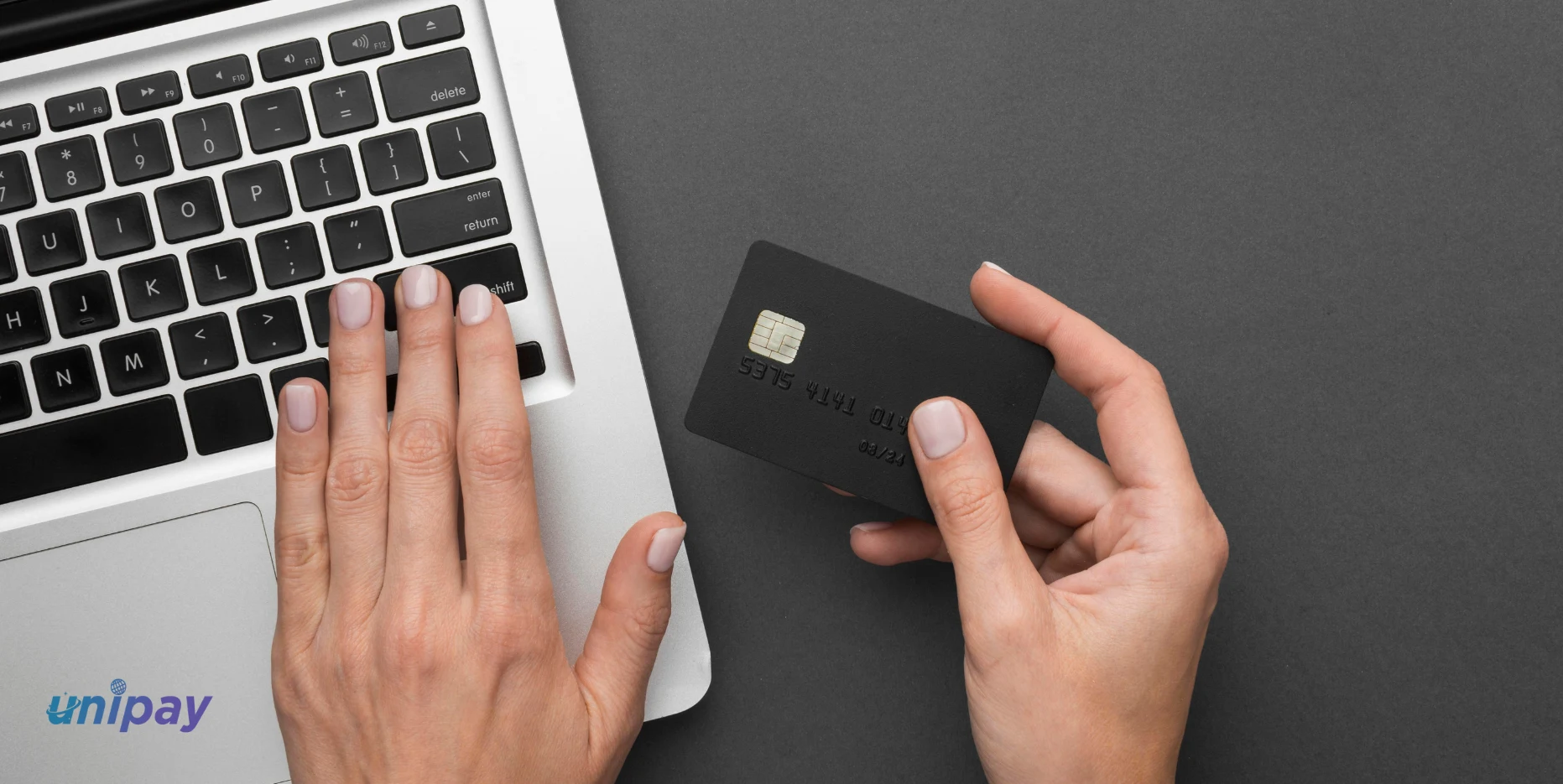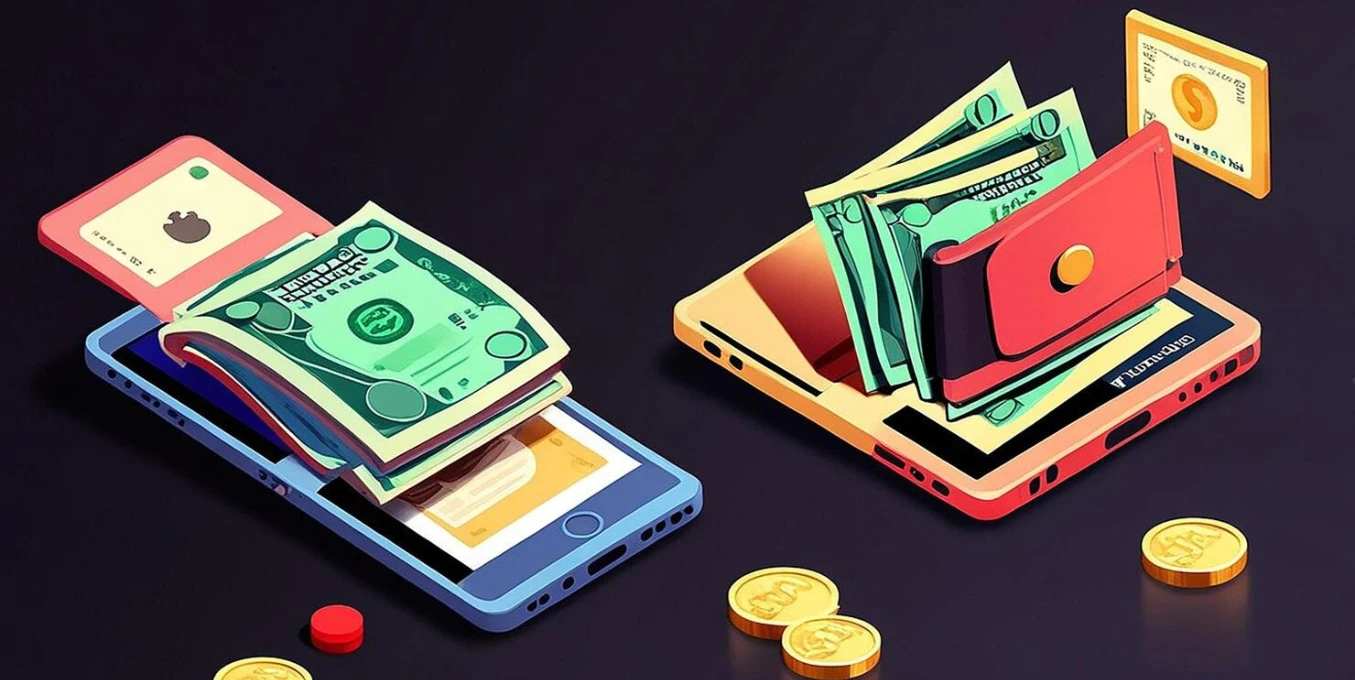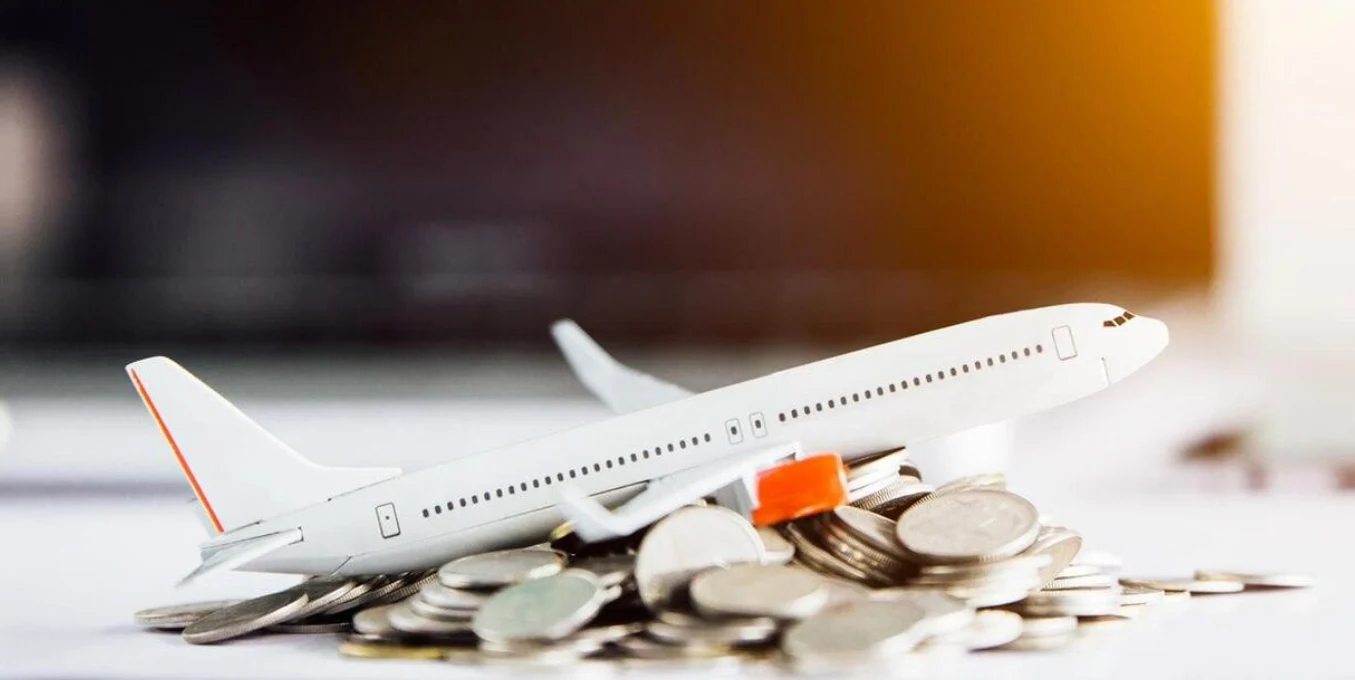Did you know that in 2023 India attracted almost $120 billion in remittances, which is far more than any other country? This is nearly double the remittances Mexico attracted. Whether you are a student returning from London, a family in Chandigarh with dollars coming in from relatives abroad, or a traveller with leftover euros. Understanding how to convert foreign cash or currency into Indian Rupees has never been more useful.
It’s easier than you think, but a few insider tips can save you a chunk of change. If you are in Chandigarh, Panchkula, Mohali, or anywhere else in India, here’s what you need to know.
Why do people exchange foreign currency?
Foreign currency exchange is not just for globe-trotting CEOs or large exporters converting foreign receipts. Normal people exchange foreign currency for everyday reasons. Students are responsible for paying tuition while they’ve been abroad, and have lived on forex cards for matters pertaining to living expenses. Non-Resident Indians (NRIs) are responsible for converting their earnings back home to send remittance to families back in India or even purchasing property. Local traders require exposure to foreign exchange to pay invoices relating to imported goods.
A lot of people also hedge against exchange rate movements by converting money before big expenses. If you’ve thought: “Do I lock this rate now or later?”, don’t worry: you’re not the only one.
Where to exchange foreign currency for Indian Rupees in India?
When it’s time to liquidate your foreign currency for Indian currency, in Chandigarh and Panchkula, there are many choices available.
Indian Banks:
You can do currency exchange through larger banks such as HDFC or ICICI. They are all regulated financial institutions and undoubtedly very safe, and you are able to walk in without an account or with an account at that bank. As long as you have documentation: you are fine to go. If you are an NRI with a NRO account, this will be very easy to do.
Money Changer Authorized by the RBI:
These might include Full-Fledged Money Changers (FFMC) or AD-II licensed money changers. They are everywhere, you don’t need an account with them, and their prices seem to be more competitive.
ATMS Withdraw Cash:
You can also use your debit card from your foreign account to withdraw INR. This is quite a straightforward option, but you will be subject to conversion and bank fees for all ATM withdrawals.
Direct Transfers:
If you have a foreign bank account, then banks will also directly transfer money from the foreign account to your Indian account.
Airport Counters:
Useful in an emergency, but usually they are the most expensive. Don’t rely upon these for larger amounts.
How does the process of exchanging foreign currency work?
In India, only players authorised by the RBI can handle currency exchange. These players are AD Category-I banks, Category-II dealers and licensed money changers (state owned banks do not follow the exchange guidelines).
You will generally need to show your passport, PAN card, Aadhaar card and sometimes your ticket. They will check your documents, verify, count and examine your notes and then give you Indian Rupees either cash (for small amounts) or directly into your bank account (if you had a large sum).
If you are carrying more than USD 5,000 in cash, or USD 10,000 including traveller’s cheques or cards, you will need to declare it to customs.
This method is extremely simple. Just keep in mind that no reputable dealer would skip ID checks and certainly no dealer would hand over a pile of rupees without doing paperwork also.
Why buy and sell rates are never the same as what appears on Google
Have you ever searched “USD to INR” on Google and saw a rate of, let’s say, ₹87.93 (As of September 2025) and felt shocked when the money changer offered you ₹81 or 83?
Here is the explanation:
When you see a rate online, it is called the mid-market rate. The mid-market rate is what the big banks use when exchanging currency between themselves for large volumes of currency. When you buy forex or sell foreign Currency, your rate will have a small markup referred to as the spread.
For example, if the mid-market rate is ₹82.50 the bank will buy from you at ₹82.00 (when you sell dollars) and sell to you at ₹83.00 (when you buy dollars).
The difference between those two rates is service fees to run the bank and some profit of the bank. The rates are continually changing night and day, based on global demand, inflation numbers or even some unexpected tweet from a political leader.
So, next time, do not panic. Just double-check the daily rates with a few banks or money changers, and you will get some reassurance that you are getting a good deal.
Cash vs Forex card vs wire transfer
- Forex Card: Very useful if you have other trips planned. The cards give you a globally accepted way to pay and you can reload them. They are also a lot safer than carrying a bunch of cash.
- Cash: This can be convenient if you have a few leftover notes at the end of your trip, but make sure to convert them soon in case the rates drop.
- Wire Transfer: This is obviously for larger sums and allows you to take money directly with no need to physically carry it from a foreign account to your Indian bank.
What are some common mistakes and what to avoid when changing foreign currency
A couple of really simple mistakes can cost you a lot.
- Using airports or hotels: They are easy to access but usually give you not the best rate and charge you considerable commissions. Access the exchange at the airport or hotel for any urgent cash and change, only a small amount.
- Don’t believe the dynamic currency conversion trap: It might seem easier to pay in your home currency while you’re abroad, but the associated hidden fees can be brutal. You should always pay in local currency.
- Not comparing rates: 50 paise might not sound like much, but it can add up quickly.
- Being sucked in by disreputable dealers: You should only go with RBI approved changers. You run the risk of fake notes or worse with unauthorised counters.
- Overlooking documentation: You should always get a receipt. That is your proof if the questions start.
Tips to get the best deal on currency exchange
Would you like more rupees per dollar or euro? Just follow these easy suggestions.
- Compare options: Within the same day, check 2 – 3 banks or money changers.
- Use trusted online options: They often allow you to lock in rates or offer close to interbank rates.
- You can do selections like this at larger airports. Don’t convert large amounts of money there because this will always be expensive but worthwhile in a pinch.
- Start watching rates beforehand: A small change in the rates could mean an extra thousand rupees in your pocket!.
- Know all fees: Sometimes a great rate hides high commissions. Always ask for the all-in cost.
Also, consider prepaid forex cards. They usually give better rates than buying wads of cash, plus they’re safer to carry.
A quick word on safety and regulations
If you’re converting a hefty amount, the paperwork might feel tedious. But it’s there to protect you. RBI guidelines cap how much foreign currency you can bring in, and Customs checks ensure nobody’s moving illicit funds. Stick to authorised dealers in busy markets of Chandigarh or well-known banks in Panchkula.
Trust me, you’ll sleep better knowing your money trail is clean.
In conclusion: Get the most out of your foreign currency
Exchanging foreign currency doesn’t need to be stressful. Whether you want to sell foreign currency after you return from a holiday, or buy forex before you head off on your next holiday, a bit of preparation allows you to enjoy the process.
Compare rates, choose reliable suppliers, have your documents at hand, and check the math. Your wallet and peace of mind will thank you.
For reliable guidance in the tricity, connect with Unipay Forex.




